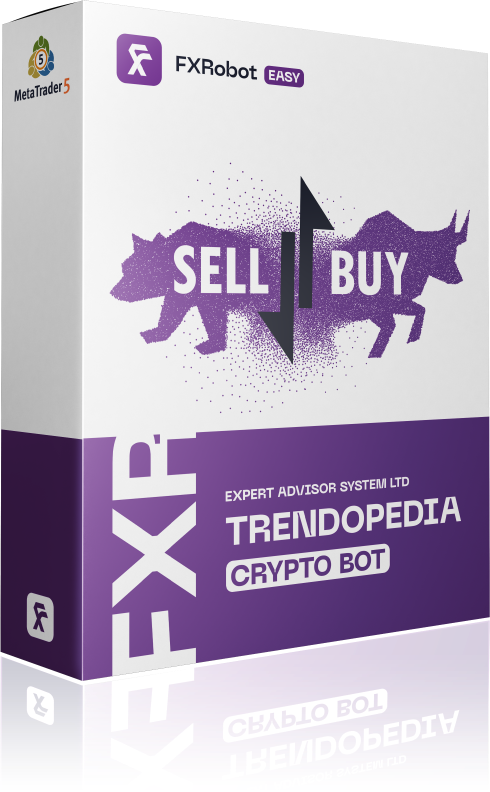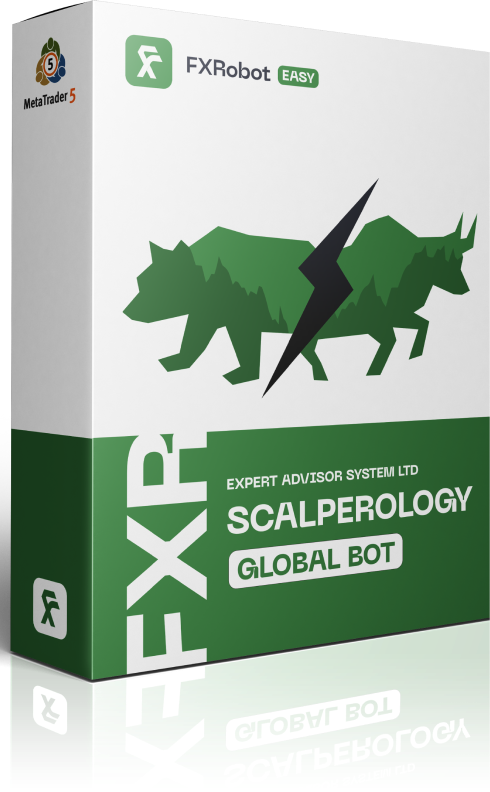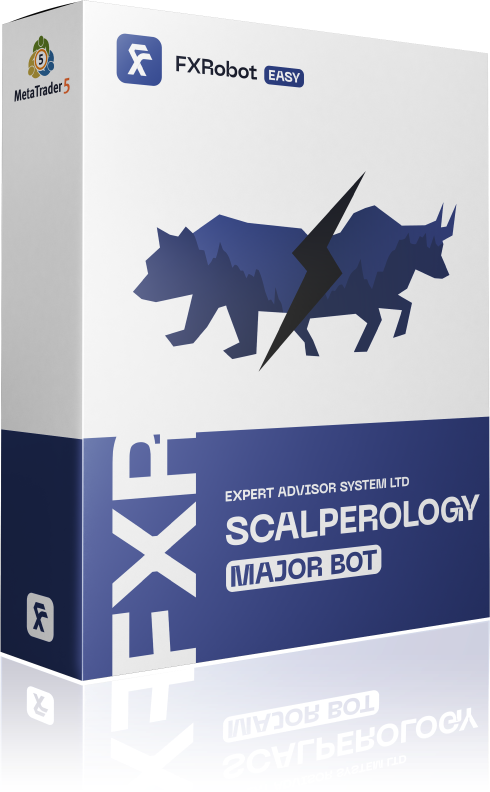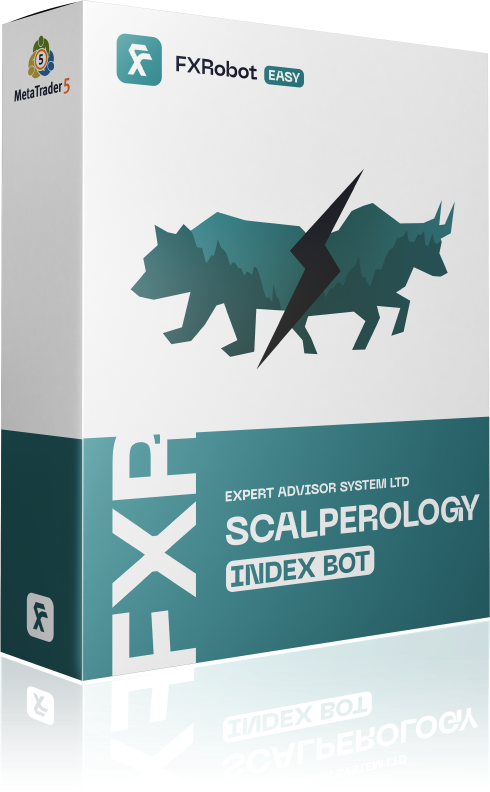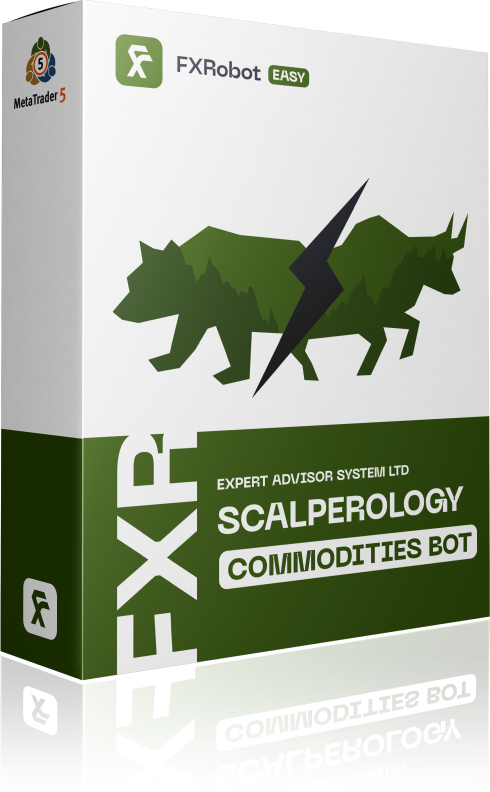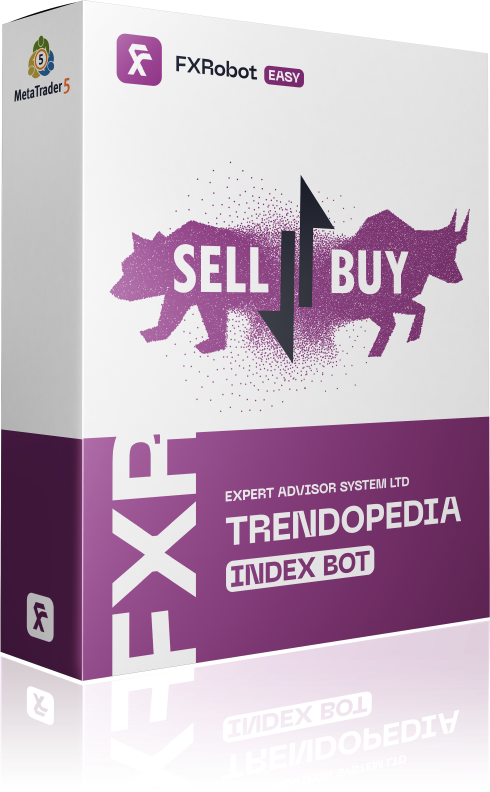Diving into the world of forex trading without understanding the nuances of moving averages is like trying to ride a bicycle without wheels – it’s not going to get you far. But fear not, because we’re about to embark on a journey through the landscape of moving averages trading. This article will demystify the different strategies and illustrate how they can be applied to navigate the tumultuous seas of forex trading. Whether you’re a seasoned trader or just dipping your toes in the financial markets, mastering moving averages can significantly enhance your trading toolkit. So, buckle up and let’s delve into the captivating world of moving averages together.
1. **”Unlocking the Mystery: Understanding Moving Averages in Forex Trading”**
In the thrilling world of forex trading, moving averages (MAs) stand out as the trusty Swiss Army knife in a trader’s toolkit. Let’s slice through the noise and look at how different MA strategies can sharpen your forex trading skills. First off, there’s the **Simple Moving Average (SMA)** – your go-to for smoothing out price data over a specific period. It’s like looking at the forex market through a pair of rose-tinted glasses; everything looks smoother. But remember, the SMA is a bit like a slowpoke, always lagging behind the latest trends. Then there’s the **Exponential Moving Average (EMA)**, the SMA’s cooler, more responsive cousin. The EMA places more weight on recent prices, giving you a nifty heads-up on where the market might be heading next. Perfect for those who like to stay one step ahead in the fast-paced forex world.
To get truly crafty with your forex trading strategy, let’s dive into the magic of **Moving Average Crossovers**. Imagining two MAs – one slow, one fast – dancing on your forex chart, and when they cross, it’s your cue to make a move. A golden cross (when a short-term MA crosses above a long-term MA) screams “Buy!”, while a death cross (the exact opposite) shouts “Sell!” with equal fervor. It’s like a high-stakes game of red light, green light, but with your hard-earned cash on the line. And let’s not forget the **Moving Average Convergence Divergence (MACD)** - it’s pretty much the secret sauce for spotting trend reversals before they happen. By showing the relationship between two EMAs, the MACD can whisper sweet nothings about potential bullish or bearish momentum in your ear. So, arm yourself with these moving average strategies, and you just might become the nimble ninja of the forex markets.
Dive into the world of moving averages and discover how this simple yet potent tool can become your compass in the ever-volatile forex market. Learn to decode the signals and trends like a pro
In the world of Forex trading, Moving Averages (MAs) stand tall as a beacon of hope for those looking to smooth out those erratic price movements and discern a clearer trend direction. From the simple to the exponential, moving averages have become a staple in a trader’s toolkit. Specifically, the Simple Moving Average (SMA) acts as the steady hand guiding you through the tumultuous sea of market fluctuations, by averaging out prices over a specific period. It’s like having a calming cup of tea amidst a storm; its simplicity is its strength. On the flip side, the Exponential Moving Average (EMA), with its focus on recent prices, is like a shot of espresso that quickly gets you up to speed with the latest market moves.
Consider the popular strategy of the moving average crossover. Picture this: You’re observing two MAs – one set at a shorter period and the other longer. When the swift-footed shorter MA crosses above the leisurely longer MA, it’s akin to a green light on the road, signaling ‘Go’ for traders. This simple yet effective strategy can often be the first hint of a new trend emerging, offering opportunities to jump on the forex profit train early. Of course, no strategy is without its pitfalls. The market, much like a mischievous cat, sometimes leads traders on a merry chase, with false signals. However, when combined with other indicators, MAs can be a powerful ally in deciphering the Forex market’s cryptic messages.
2. **”From Simple to Exponential: Tailoring Moving Average Strategies to Your Trading Style”**
In the world of forex trading, **moving averages** are akin to the Swiss Army knife in a trader’s toolkit. Not only do they smooth out price fluctuations to help identify the trend, but they also lay the groundwork for a plethora of strategies. The **simple moving average (SMA)** and **exponential moving average (EMA)** are two primary flavors, each with its flair. For instance, a common strategy involves the **’Golden Cross’** and **’Death Cross’**, where traders keep an eye out for a short-term EMA (like the 50-day) crossing above a long-term EMA (such as the 200-day) to signal a possible uptrend, and vice versa for a downtrend. It’s like reading tea leaves, but for forex.
Then there’s the **moving average convergence divergence (MACD)**, a fancier tool in your forex trading arsenal that takes the principle of moving averages a step further. It monitors the relationship between two EMAs and can indicate momentum shifts before they’re visible through the naked eye on a price chart. Imagine you’re trying to beat the traffic, and MACD is your traffic updates; by the time everyone else catches on, you’re already taking the best alternative route. Pair these strategies with a sprinkle of patience and a dash of discipline, and you’re on your way to navigating the forex markets like a pro. Just remember, the market can be as unpredictable as a cat on a hot tin roof, so always use stop losses and manage your risk properly.
Whether you’re a scalper, day trader, or a long-term investor, there’s a moving average strategy that matches your rhythm. Get to know the nuances of different approaches to find your perfect trading sync
Certainly! Here’s the content following your guidelines:
Moving Averages (MAs) are like the Swiss Army knife of Forex trading: versatile and reliable, a go-to for traders looking to smooth out market noise. In the bustling world of Forex, where currencies fluctuate quicker than the mood on a Monday morning, MAs offer a clear picture of the trend. Whether it’s the **Simple Moving Average (SMA)**, showing the average price over a certain period, or the **Exponential Moving Average (EMA)**, giving more weight to recent prices, both serve as crucial navigational tools in the sea of Forex trading. A trader spotting a crossover of a short-term MA above a long-term MA might see it as a buying cue, while the opposite scenario could signal selling time.
When it comes to MAs, think of them as the Google Maps for Forex trading. For instance, using the **50-day SMA** alongside the **200-day SMA** can reveal the famed ‘Golden Cross’ and ‘Death Cross’ scenarios. The former suggests a bull market on the horizon when the 50-day SMA crosses above the 200-day SMA, whereas the latter hints at a bear market if the 50-day drops below the 200-day. For those who enjoy riding the waves with more agility, the **5-day EMA** and **20-day EMA** combo can highlight short-term trends. It’s like understanding the difference between a marathon and a sprint; both require different preparation strategies, and in the world of Forex, knowing when to speed up or slow down can make all the difference.
3. **”Maximize Your Trades with Moving Averages: Practical Tips and Real-Life Application”**
Sure, here’s how the content for the requested post section might look:
In the world of Forex trading, the **Moving Average (MA)** is akin to that one friend who always has the scoop on market trends. It’s a technique that helps smooth out price data over a specific period and gives traders a clearer view of the market direction. But it’s not just a one-trick pony; there are a variety of moving averages strategies, each with its unique charm. For starters, the **Simple Moving Average (SMA)** is like the reliable old sedan – it gets you where you need to go, albeit a bit slowly. It calculates the average price over a determined number of periods and is great for identifying long-term trends. Then there’s the **Exponential Moving Average (EMA)**, the sleek sports car of the bunch, more responsive to recent price changes, making it ideal for those looking for a quick in-and-out.
However, the real magic happens when these averages intersect or diverge, giving rise to classic strategies like the **Golden Cross** or **Death Cross** – indicators of potential bullish or bearish markets, respectively. Traders love these because, like spotting a rare bird in the wild, it signals an opportune moment to enter or exit trades. But the fun doesn’t stop there; by combining MAs with varying periods, one can set up a **Moving Average Ribbon** for a more nuanced insight into market dynamics. It’s like having a GPS that doesn’t just show the fastest route but also highlights traffic patterns. So, whether you’re navigating the bustling Forex highways or just taking a leisurely cruise, understanding the diverse landscape of moving averages can significantly enhance your trading journey.
Each strategy comes with its own set of rules and nuances, thus requiring traders to be versed in interpreting these signals within the context of the larger market environment. The beauty of forex is its dynamic nature, and with moving averages, traders equip themselves with a robust analytical tool. Practicing with a demo account or diving into historical data can help one grasp how these strategies unfold in real-time trading. Remember, the goal is not just to follow the averages but to read the story they tell about market sentiment and momentum. Just like in life, in Forex trading, the ability to read between the lines (or averages, in this case) can lead to insightful decisions and hopefully, profitable outcomes.
Put theory into action with real-life examples and actionable tips that will help you leverage moving averages for more informed and confident trading decisions. It’s all about making the complex simple and profits predictable
In the ever-volatile world of forex trading, moving averages (MAs) stand out as your trusty navigation tools, guiding you through the tumultuous sea of currencies with the grace of a seasoned captain. At their core, **moving averages** help smooth out price data over a specific period, creating a line that traders keenly watch to gauge the market’s direction. But here’s where it gets spicy – not all MAs are created equal. You’ve got the **Simple Moving Average (SMA)**, which is sort of like your reliable compass, straightforward and steady. Then there’s the **Exponential Moving Average (EMA)**, the swifter cousin, giving more weight to recent prices to catch those swift market moves. Navigating the forex market using these tools can be likened to deciding whether to sail with a steady breeze (SMA) or catch the gusts for a quicker journey (EMA).
Now, let’s dive a bit deeper, shall we? Applying these MAs in your forex trading can be as creative and strategy-packed as a game of chess. One popular strategy is the **crossover**. Imagine two MAs - a short period (let’s say 10 days) and a longer period (50 days) – dancing on your chart. The moment the shorter MA crosses above the longer one, it’s like a flare in the night, signaling “Buy!” Conversely, when it dips below, it’s your cue to “Sell!” But here’s a pro tip: always remember the grandmaster move – the **triple moving average strategy**. This involves three MAs of different lengths, and when the shortest crosses above the two longer ones, you might just have hit the jackpot. The beauty of these strategies lies in their flexibility and can be tailored to suit any trading style, from the cautious sailor to the audacious pirate, making them invaluable tools in your forex trading arsenal.
Q&A
**Q1: What is a moving average in Forex trading?**
A1: In the lively dance hall of Forex trading, think of a moving average as your rhythm-keeping partner; it’s the smoothed-out line rushing or dragging along your price chart, summarizing past price movements to give you a clearer beat on where things might head next.
**Q2: How can moving averages help in Forex trading strategies?**
A2: Moving averages are the trading world’s Swiss Army knife. Whether you’re strategizing for the fast-paced tango of day trading or the slow, measured waltz of long-term investing, these indicators can highlight trends, signal potential buying or selling opportunities, and even whisper sweet nothings about support and resistance levels.
**Q3: Can you explain the difference between a simple moving average (SMA) and an exponential moving average (EMA)?**
A3: Imagine you’ve got two chefs preparing your favorite dish, but one’s an impatient sous chef (EMA) who emphasizes fresh ingredients (the most recent prices), and the other’s a seasoned master chef (SMA) who believes in the consistent flavor of using all ingredients in equal measure (averaging all prices equally). EMA reacts quicker to price changes than SMA, making it the go-to for traders looking for speed in their signals.
**Q4: How effective are moving averages in predicting market movements?**
A4: While moving averages might not have the clairvoyance of a crystal ball, they’re like that weather forecast that helps you decide whether to grab an umbrella or sunglasses on your way out. They don’t predict the future but provide valuable insights into market trends, helping you make informed decisions based on past performance.
**Q5: Are there any pitfalls to using moving averages in Forex trading?**
A5: Like getting socks for Christmas, moving averages might occasionally disappoint. They’re based on historical data, so can lag behind real-time market changes. It’s like navigating a winding road using your rearview mirror—helpful, but best paired with a good look at the road ahead through other analytical ‘windows’.
And there you have it, folks, a crash course in navigating the waves of forex trading with the trusty compass of moving averages. Whether you’re a fan of the smooth sailing with the simple moving average or the razor-sharp precision of the exponential one, remember, in the vast ocean of forex trading, these strategies are your best mates. With a bit of practice and a sprinkle of patience, you’ll be charting a course to trading success. So, go ahead, give those charts a second glance, and maybe, just maybe, you’ll find yourself riding the high tide of market gains. Ready to set sail?
